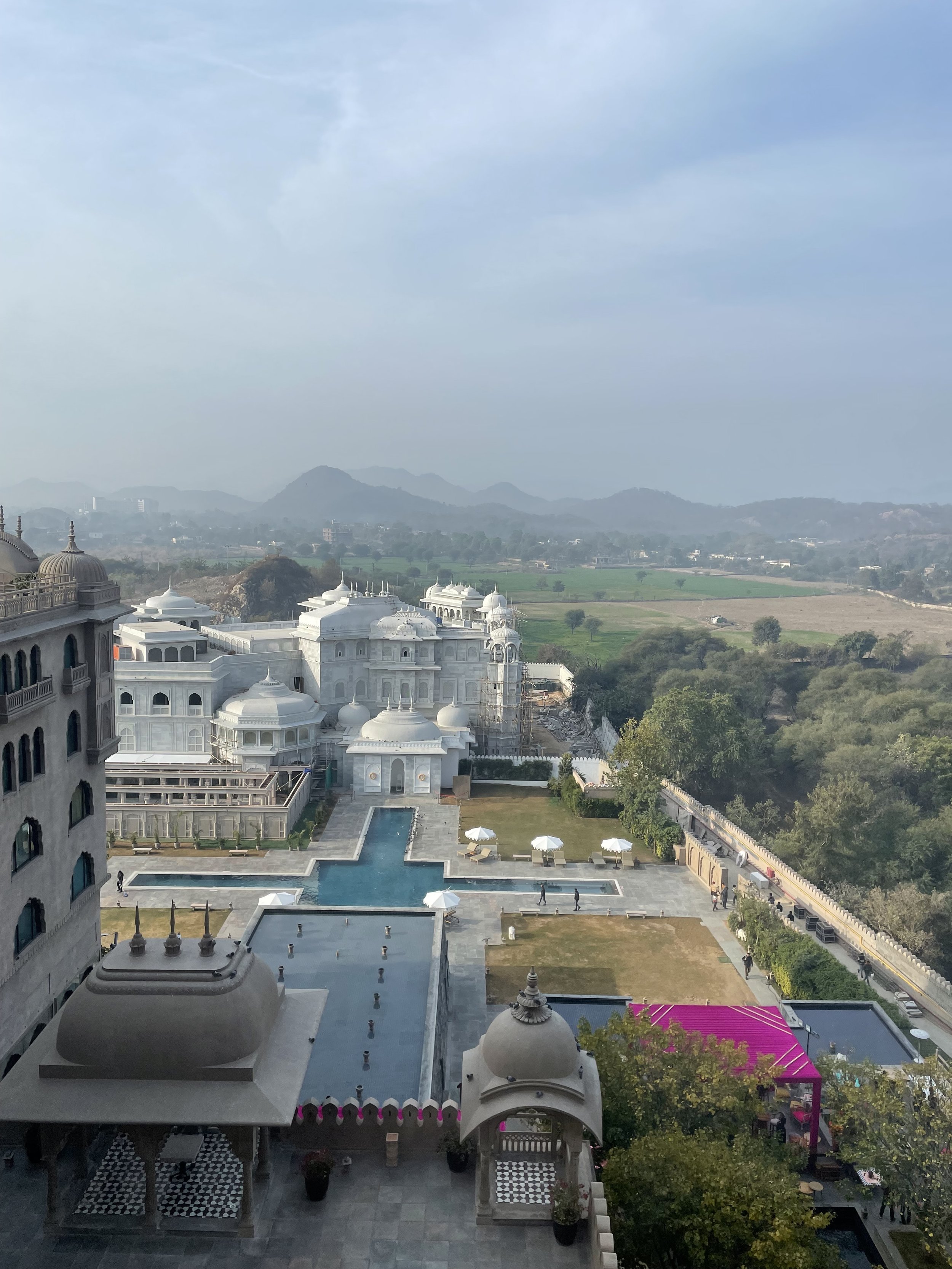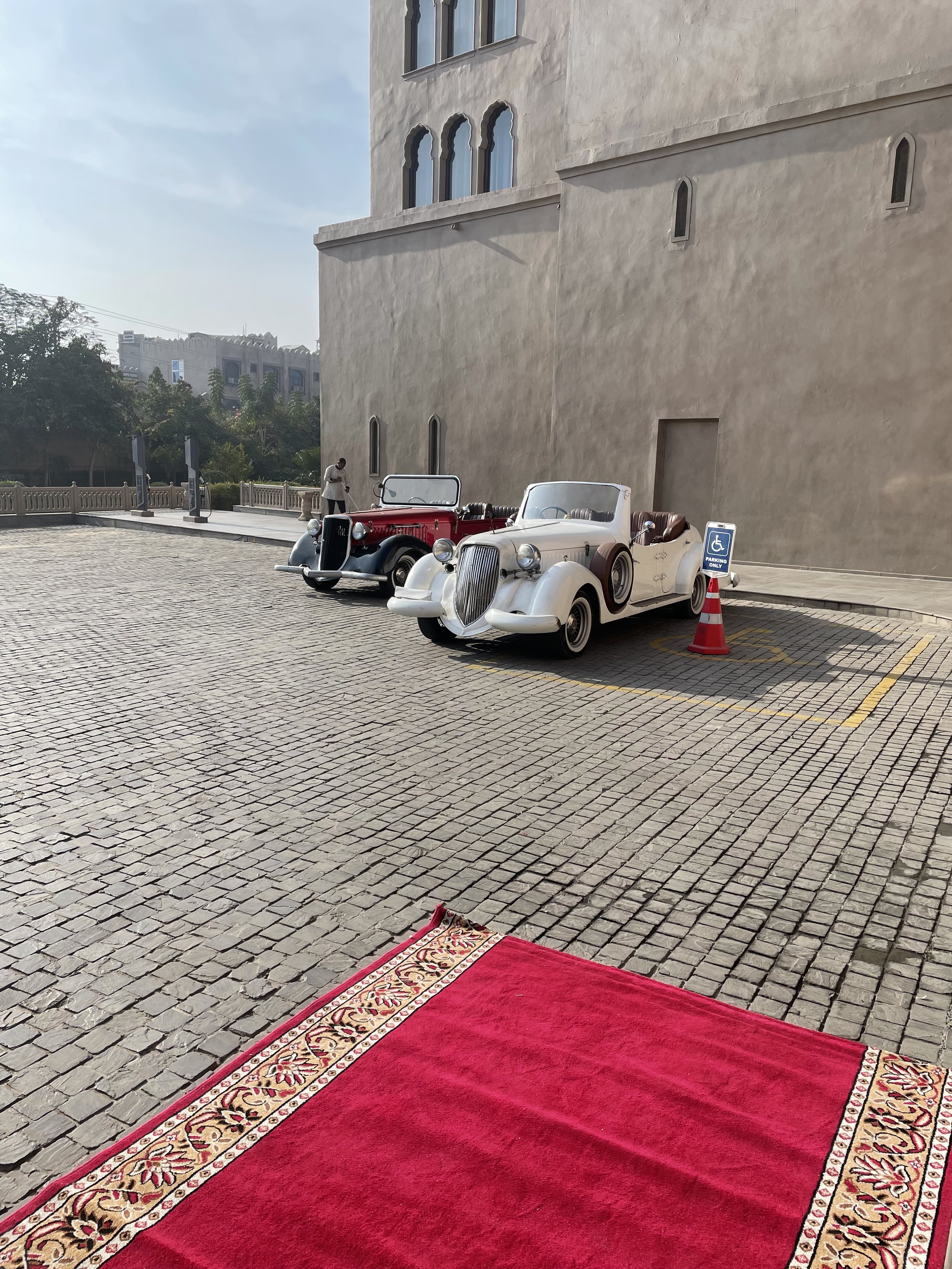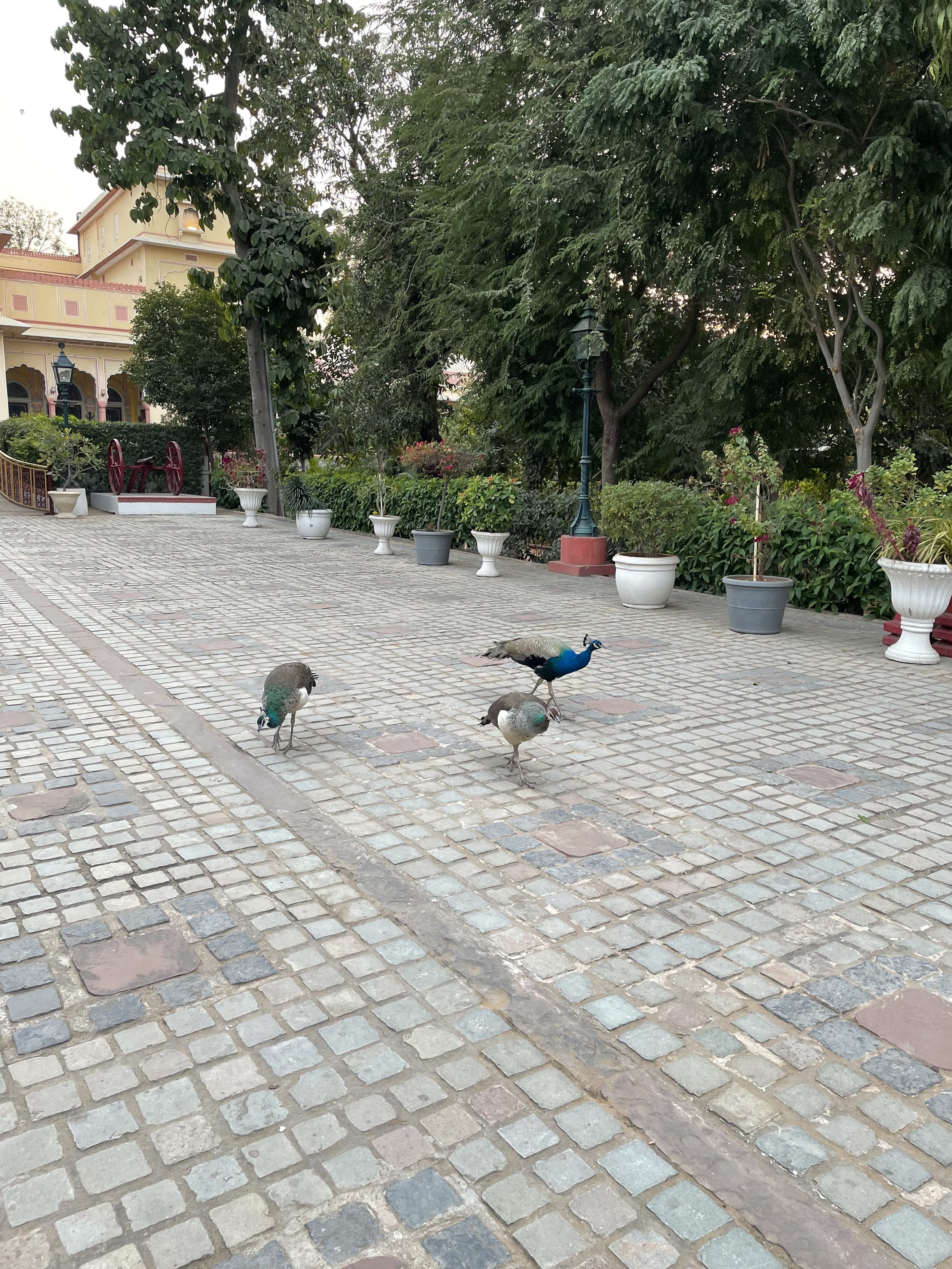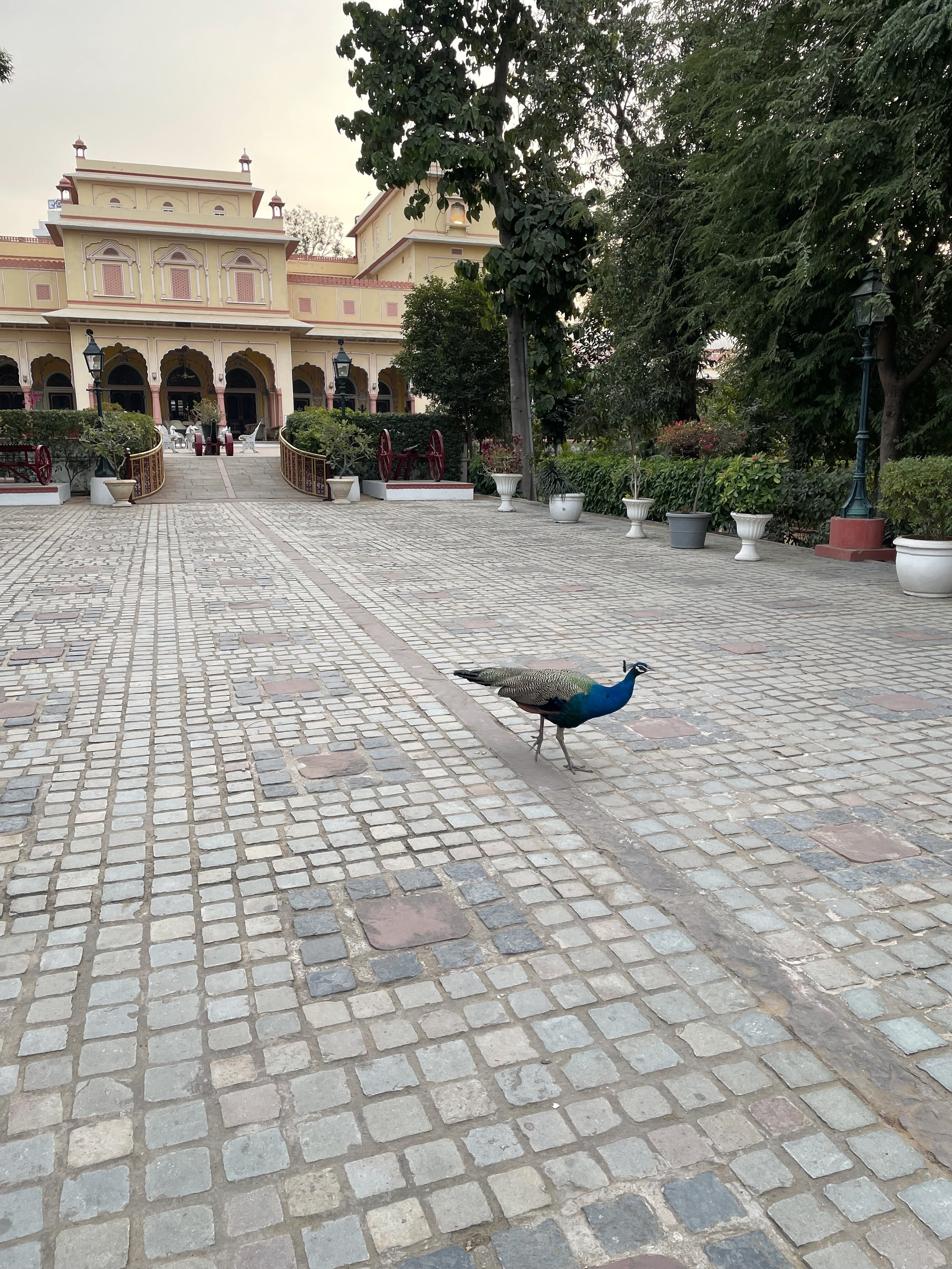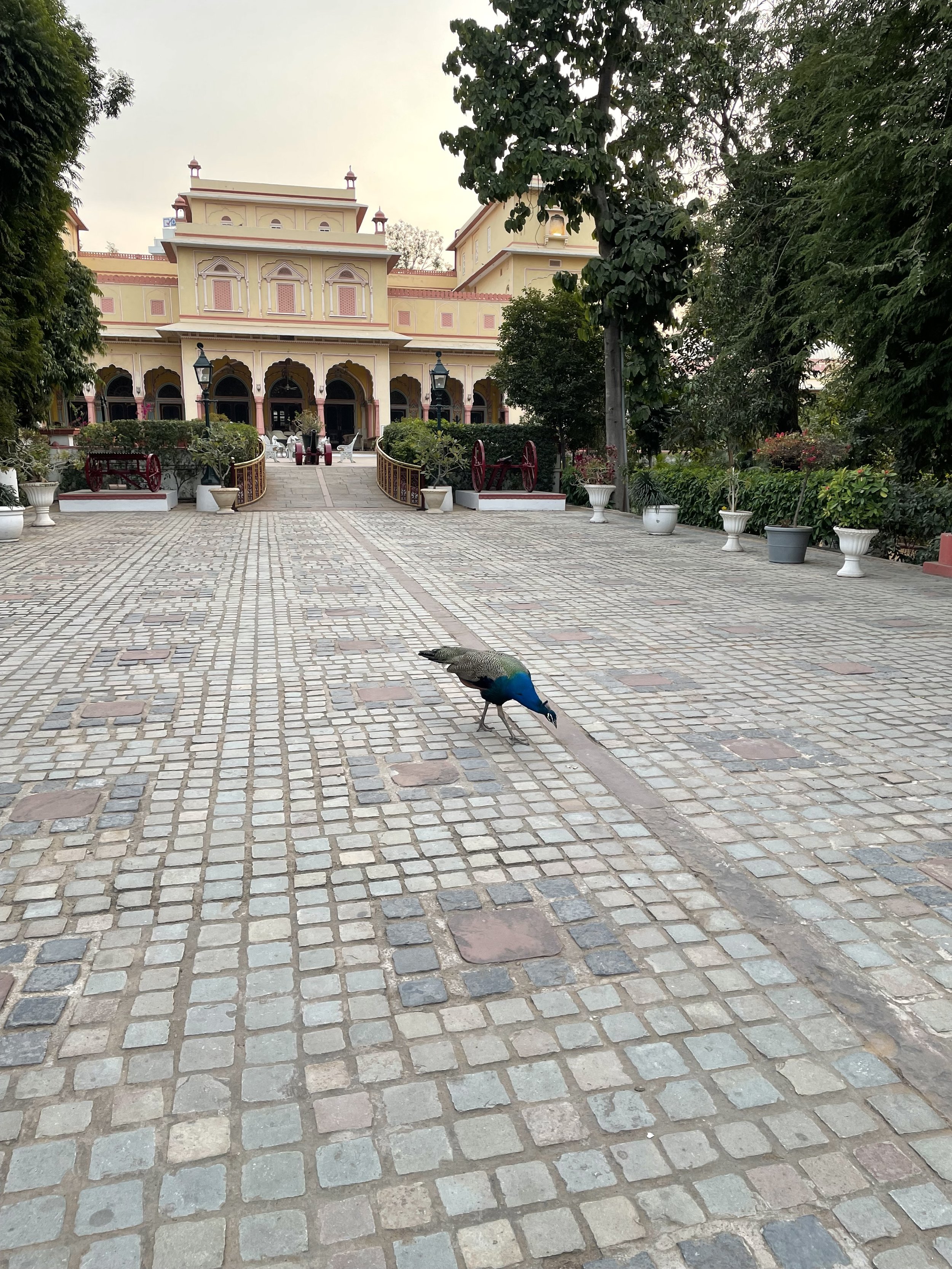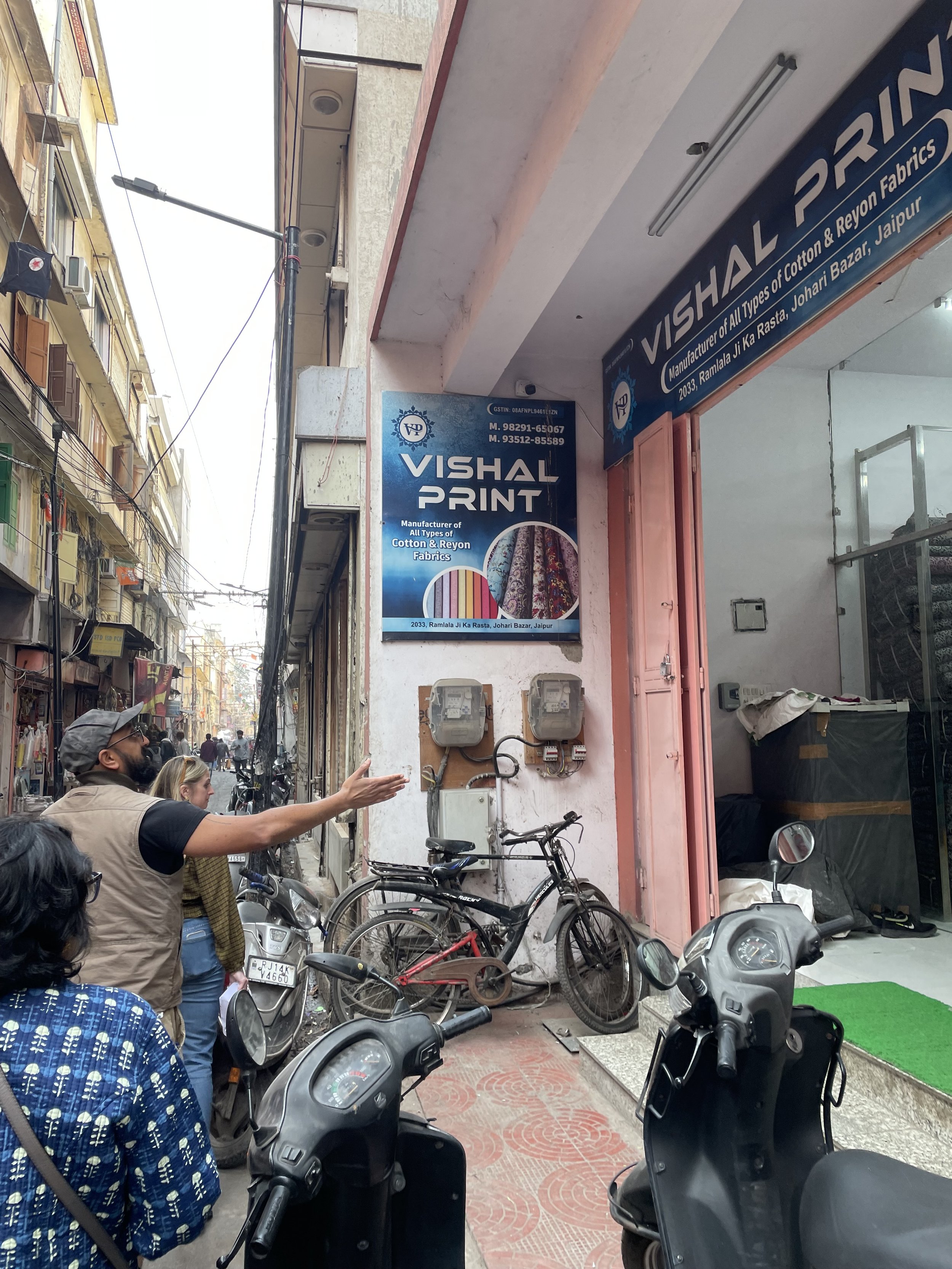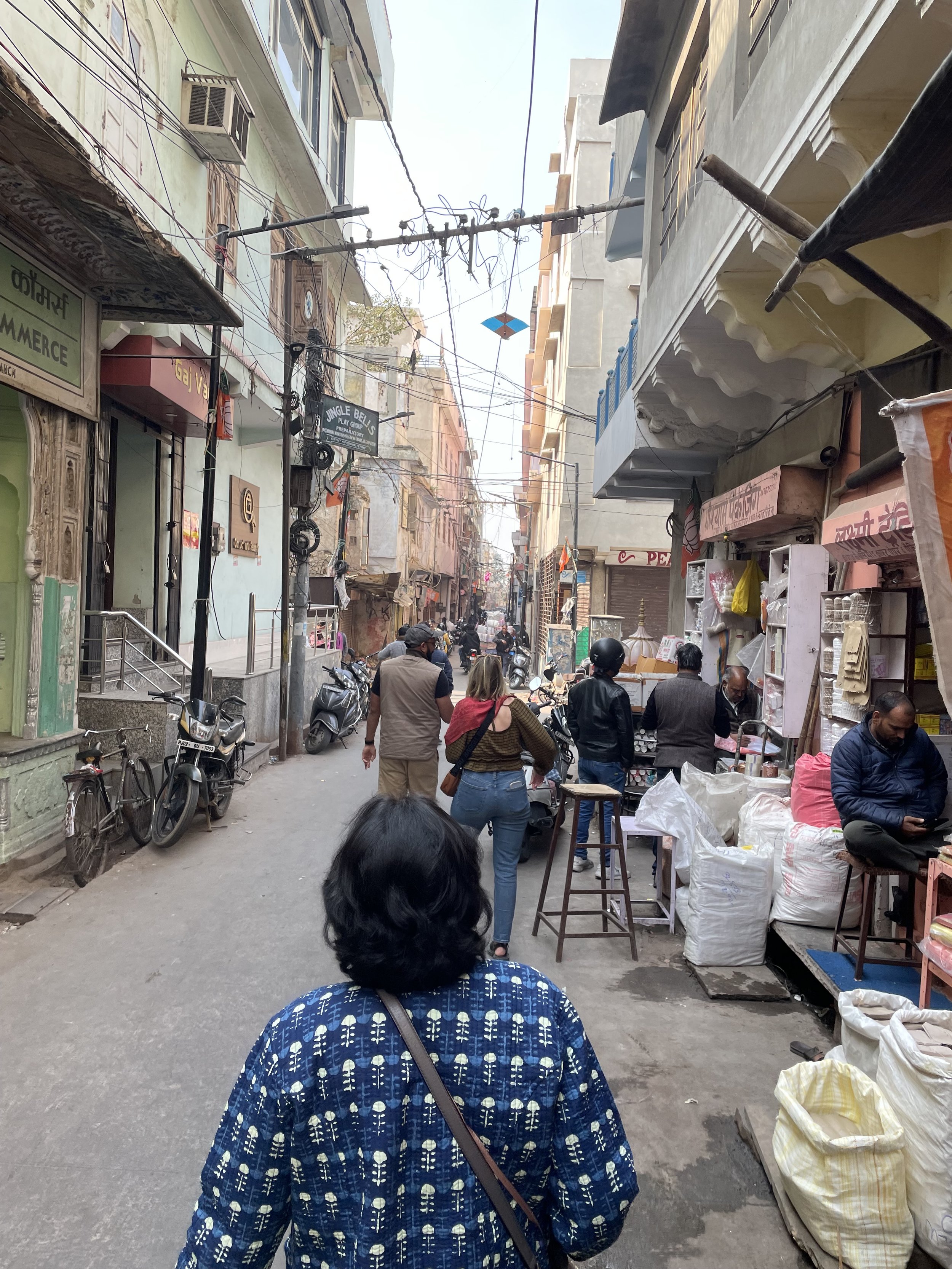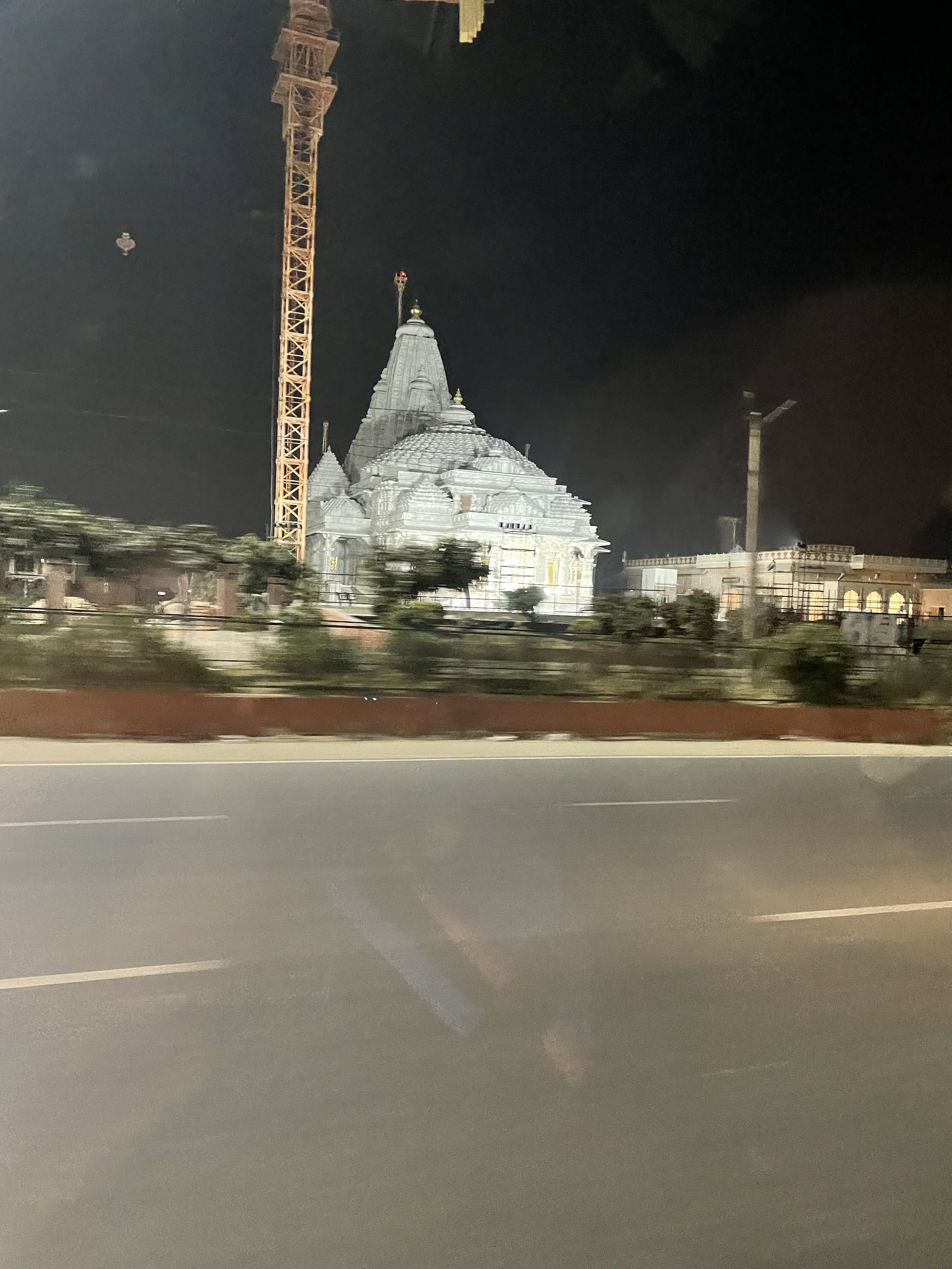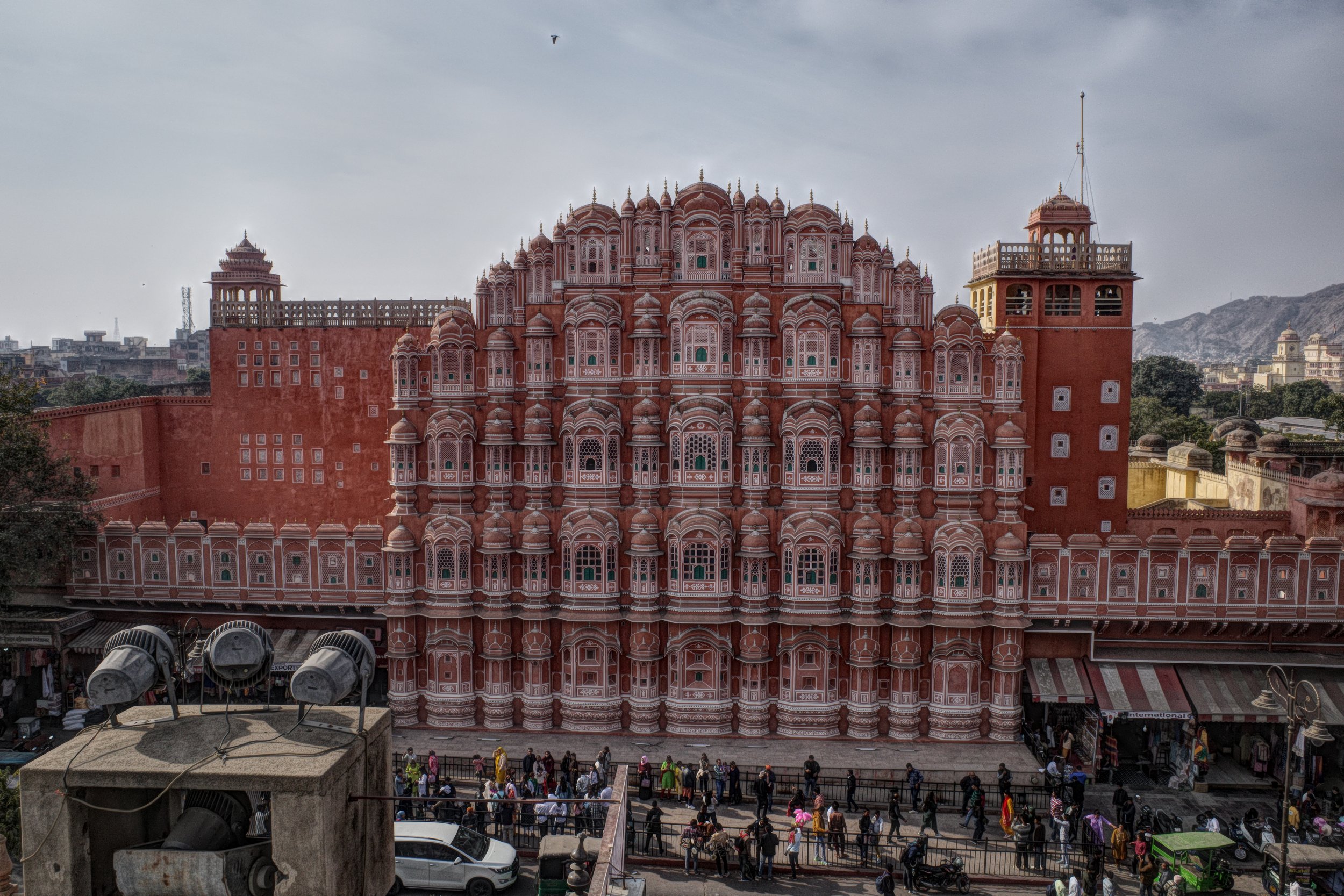Jaipur, Rajasthan
As this marked my sister-in-law's inaugural visit to India, we opted for a brief excursion to Jaipur to explore its captivating attractions. My brother meticulously organized a busy itinerary to ensure that we not only experienced all the must-see sights but also indulged in some delightful shopping opportunities. Additionally, our stay at the esteemed Fairmount Hotel added a touch of luxury to our trip. Among the remarkable places we visited were:
Amber Fort
Jaigarh Fort
Jantar Mantar
Hawa Mahal
City Palace
Our well-planned journey allowed us to immerse ourselves in the rich culture and history of Jaipur, creating lasting memories for my sister-in-law's first Indian adventure.

Amber fort
Amber Fort is a stunning architectural marvel that encapsulates the opulence of India's royal history. This majestic hilltop fortress is known for its intricate blend of Rajput and Mughal architectural styles, showcasing the exquisite craftsmanship of its builders. Visitors are greeted by the grand Ganesh Pol, an ornate gateway adorned with beautiful frescoes and lattice work. Exploring the fort's interior reveals a labyrinthine network of courtyards, palaces, and beautifully landscaped gardens, including the enchanting Sheesh Mahal, or Mirror Palace. Amber Fort offers not only a glimpse into India's royal past but also breathtaking panoramic views of the surrounding Aravalli hills, making it a must-visit destination for history and architecture enthusiasts.


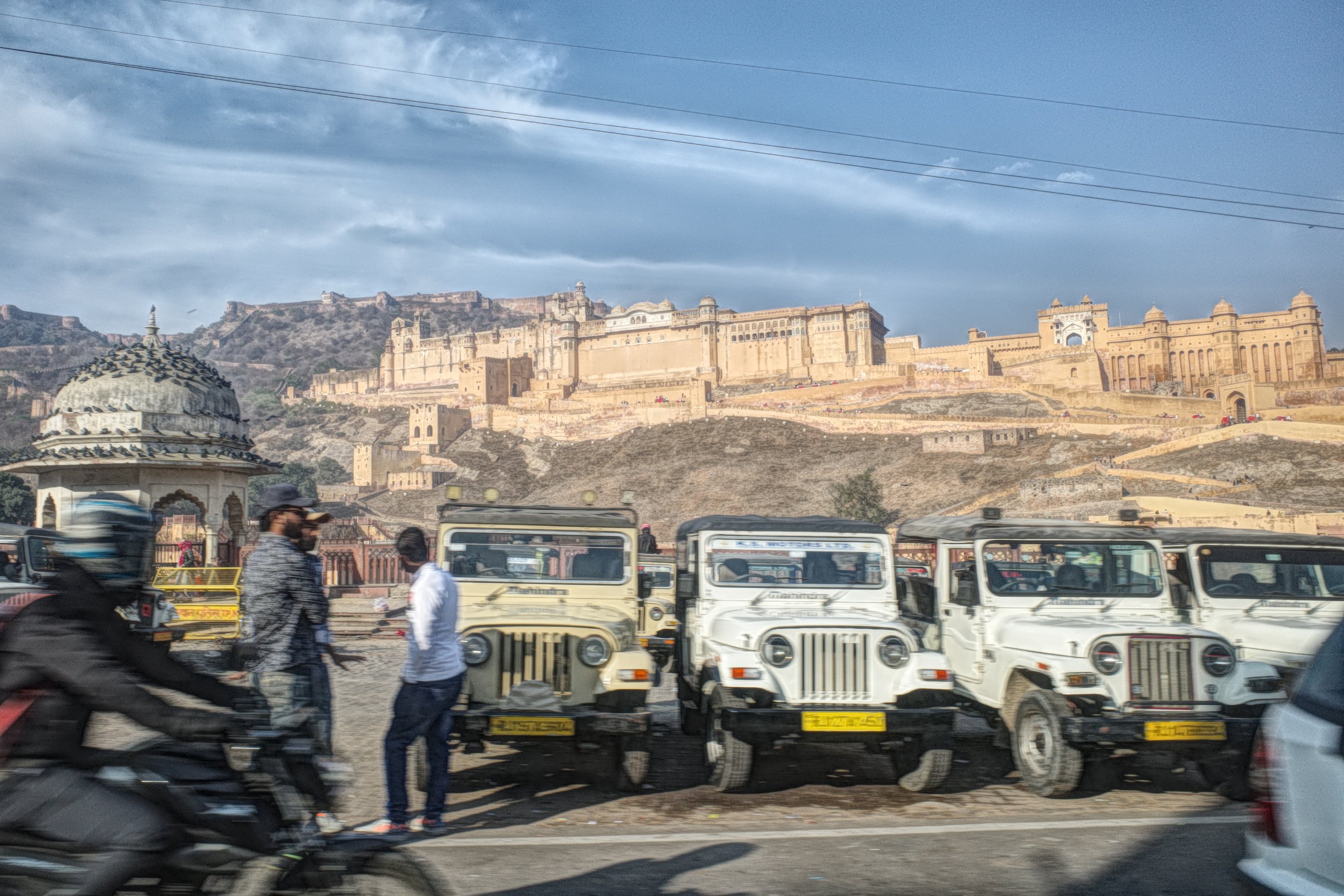

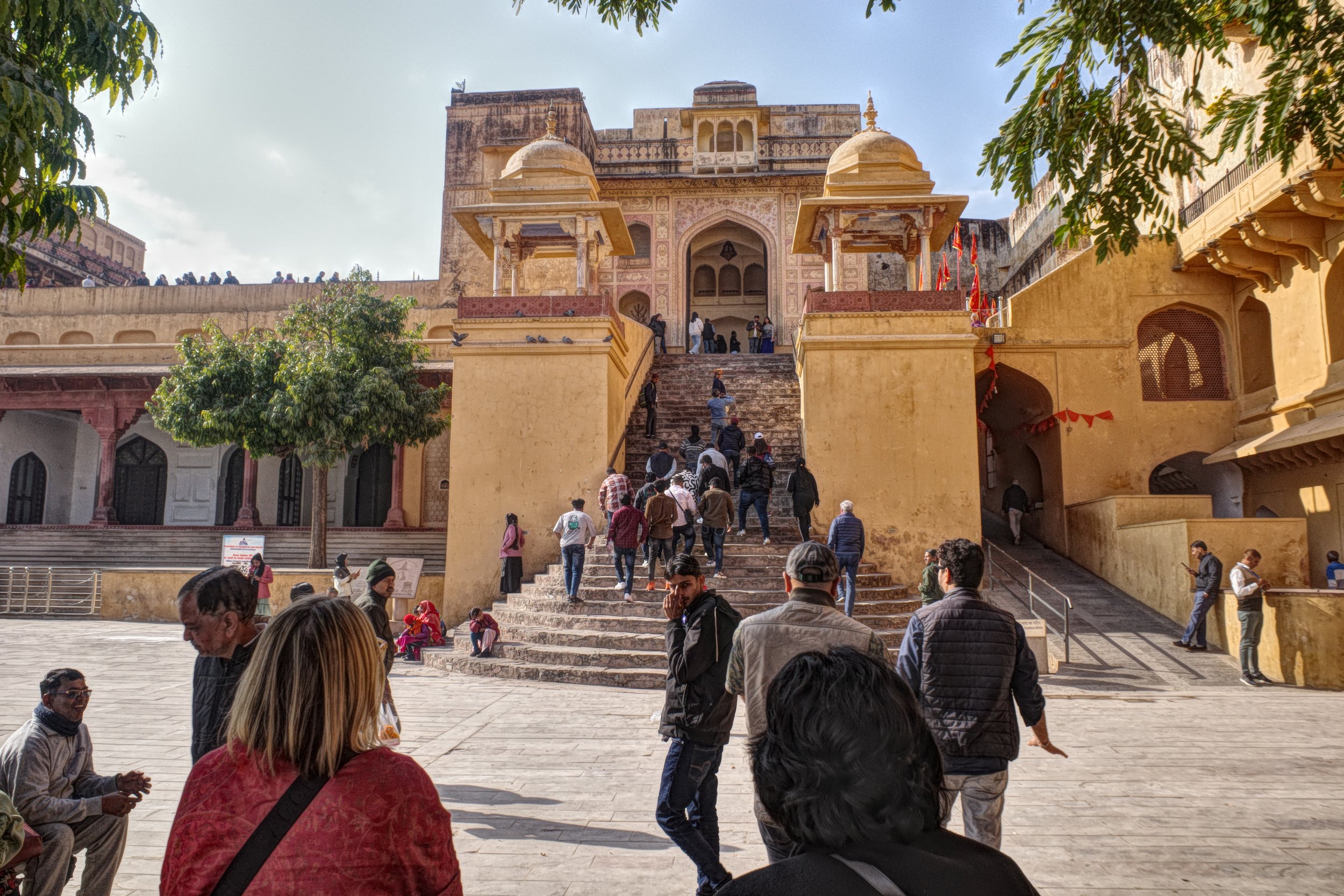






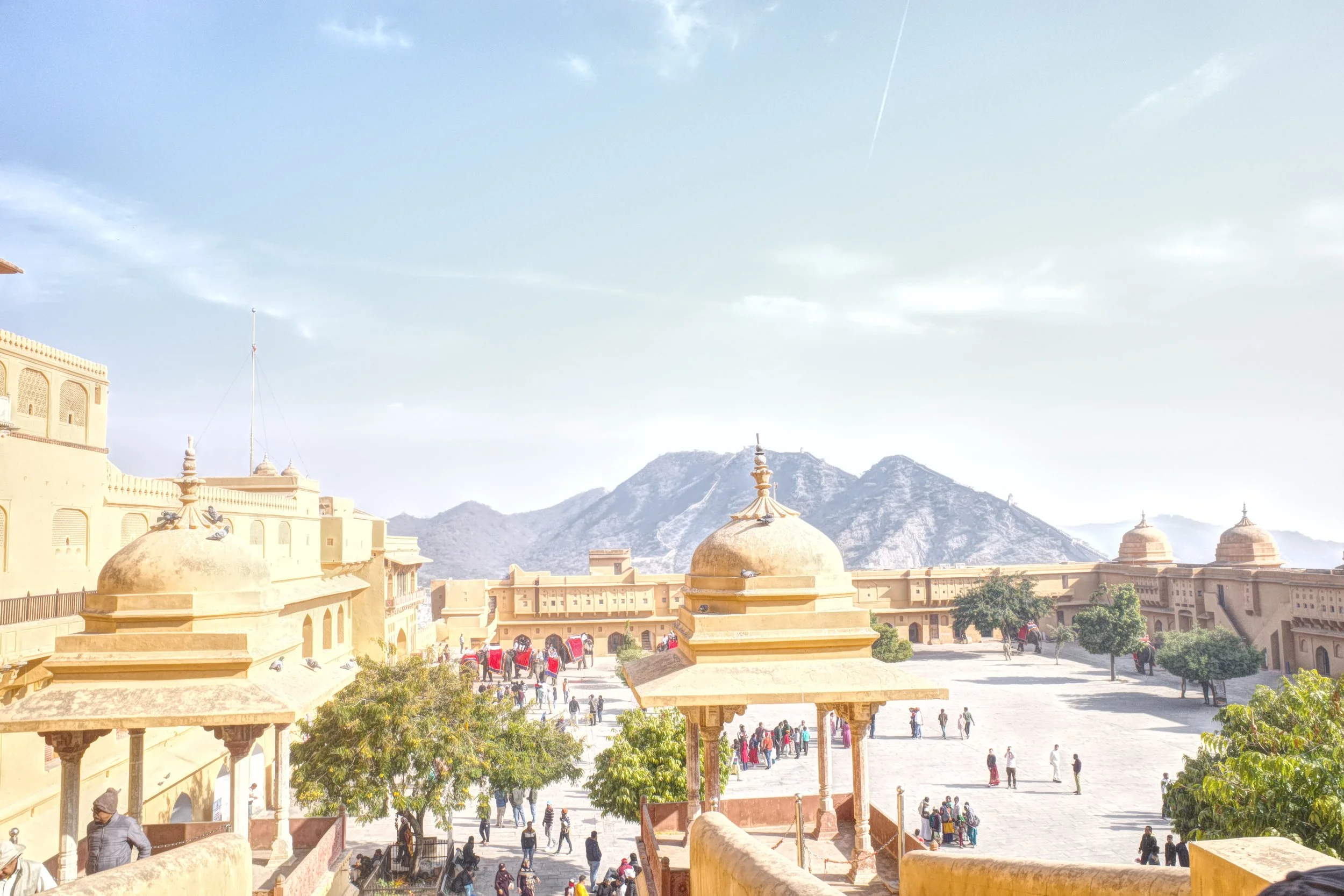










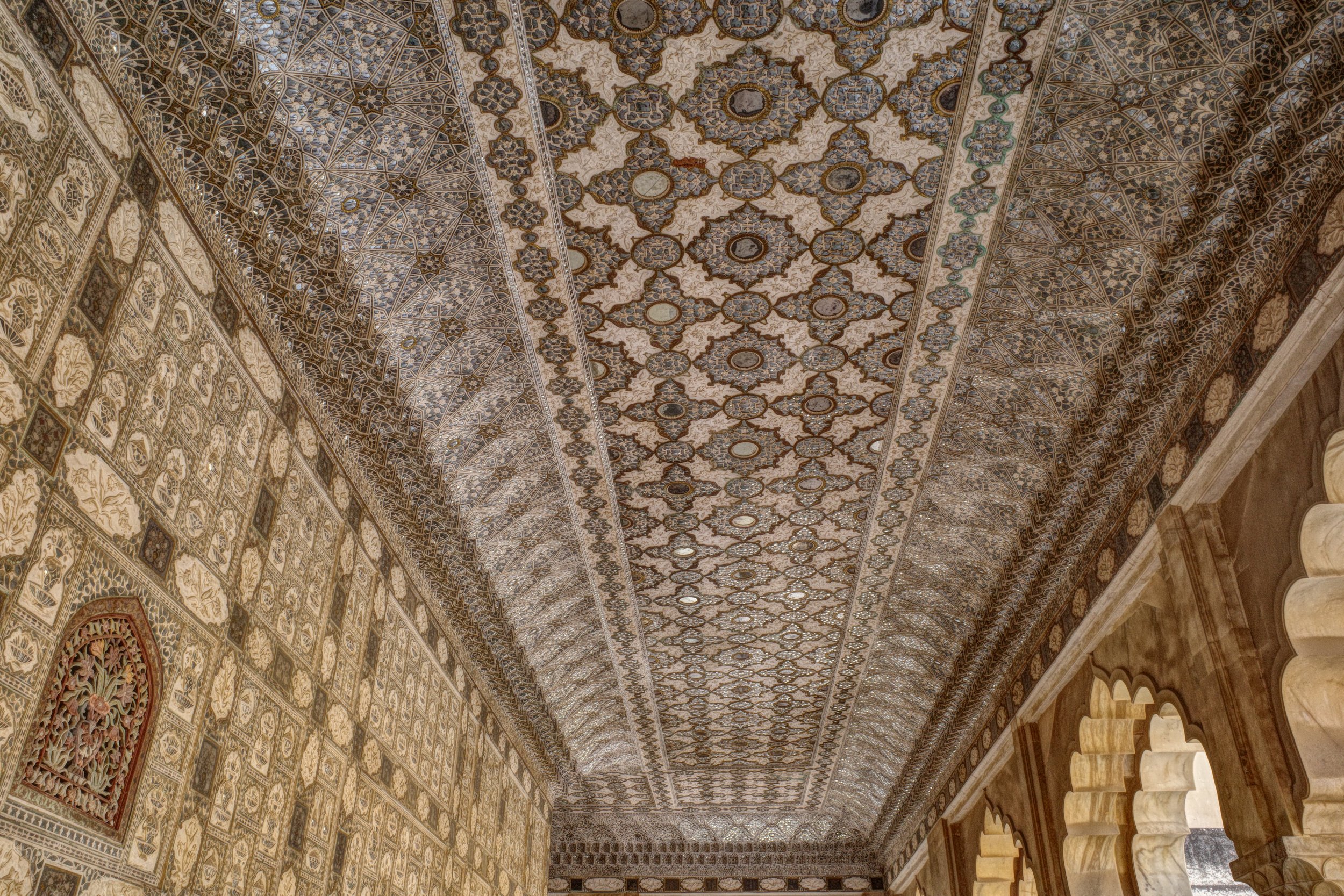




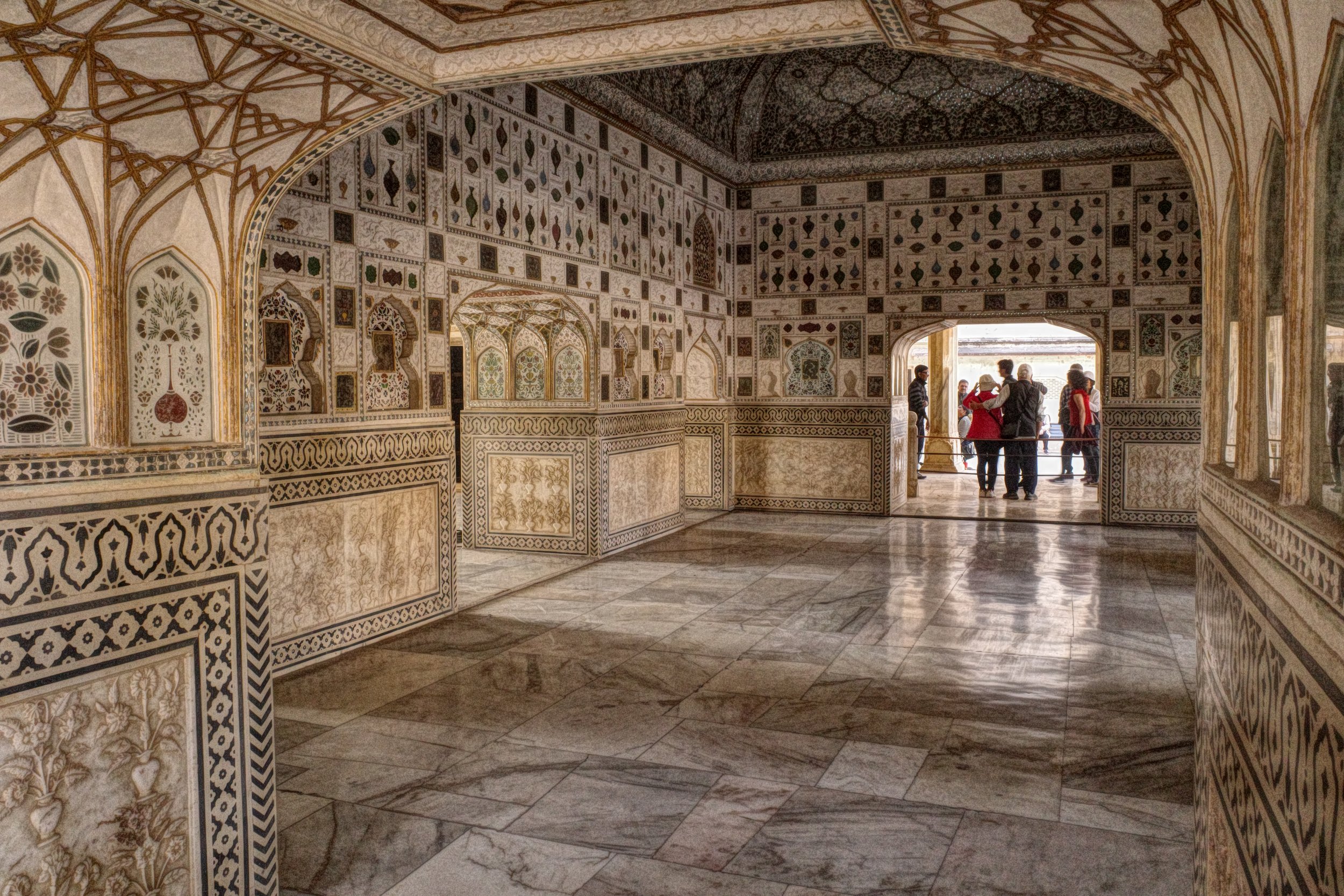
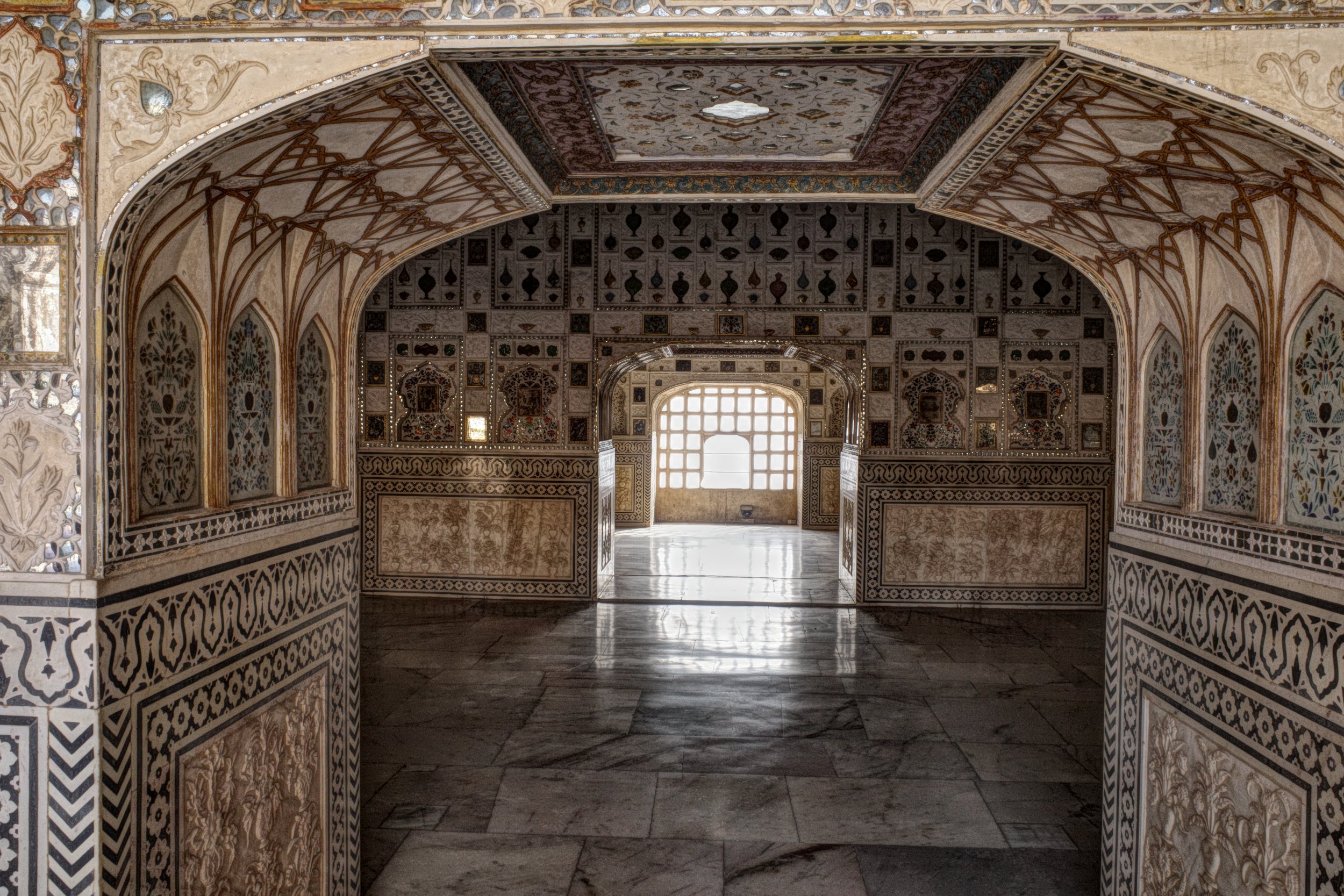







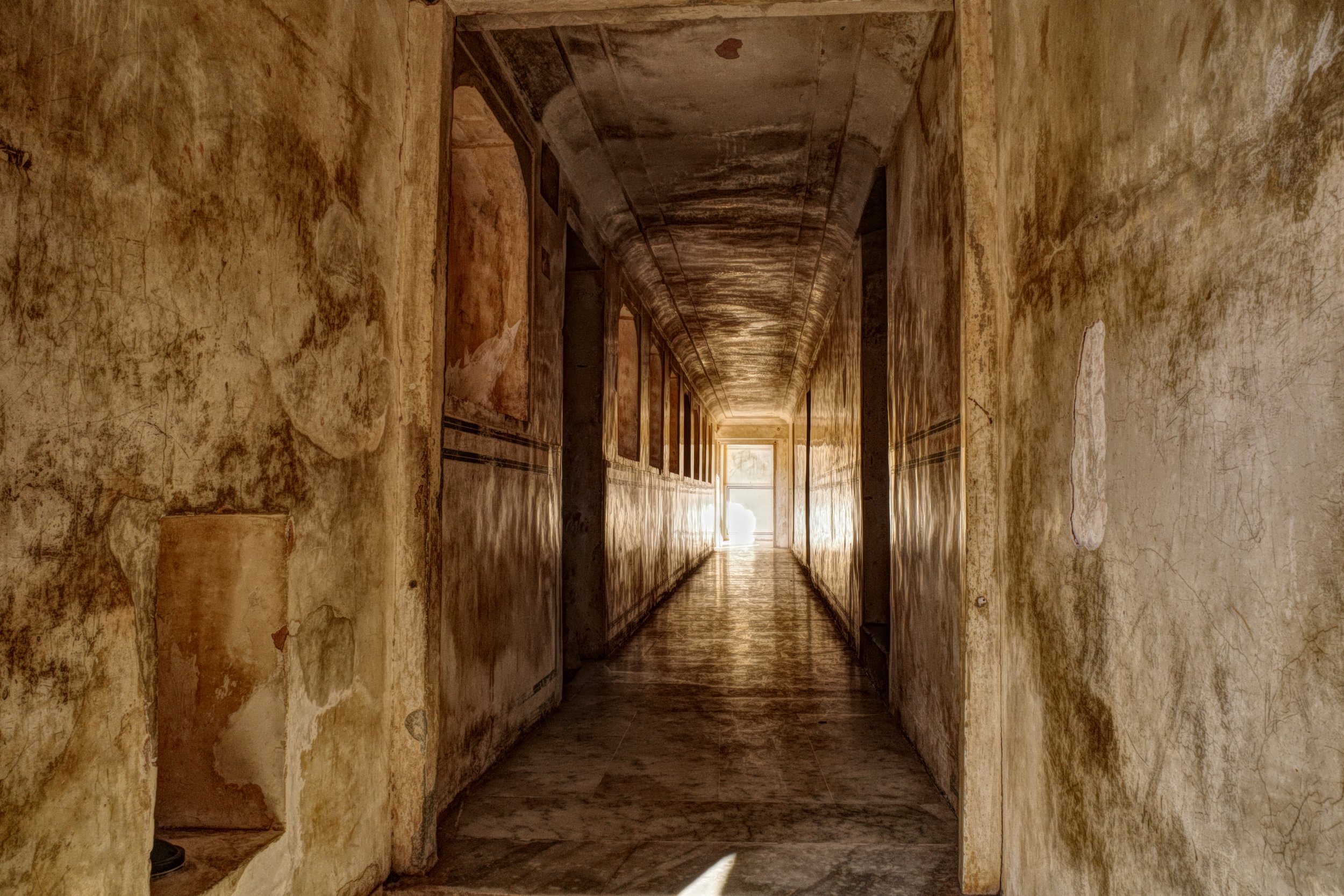














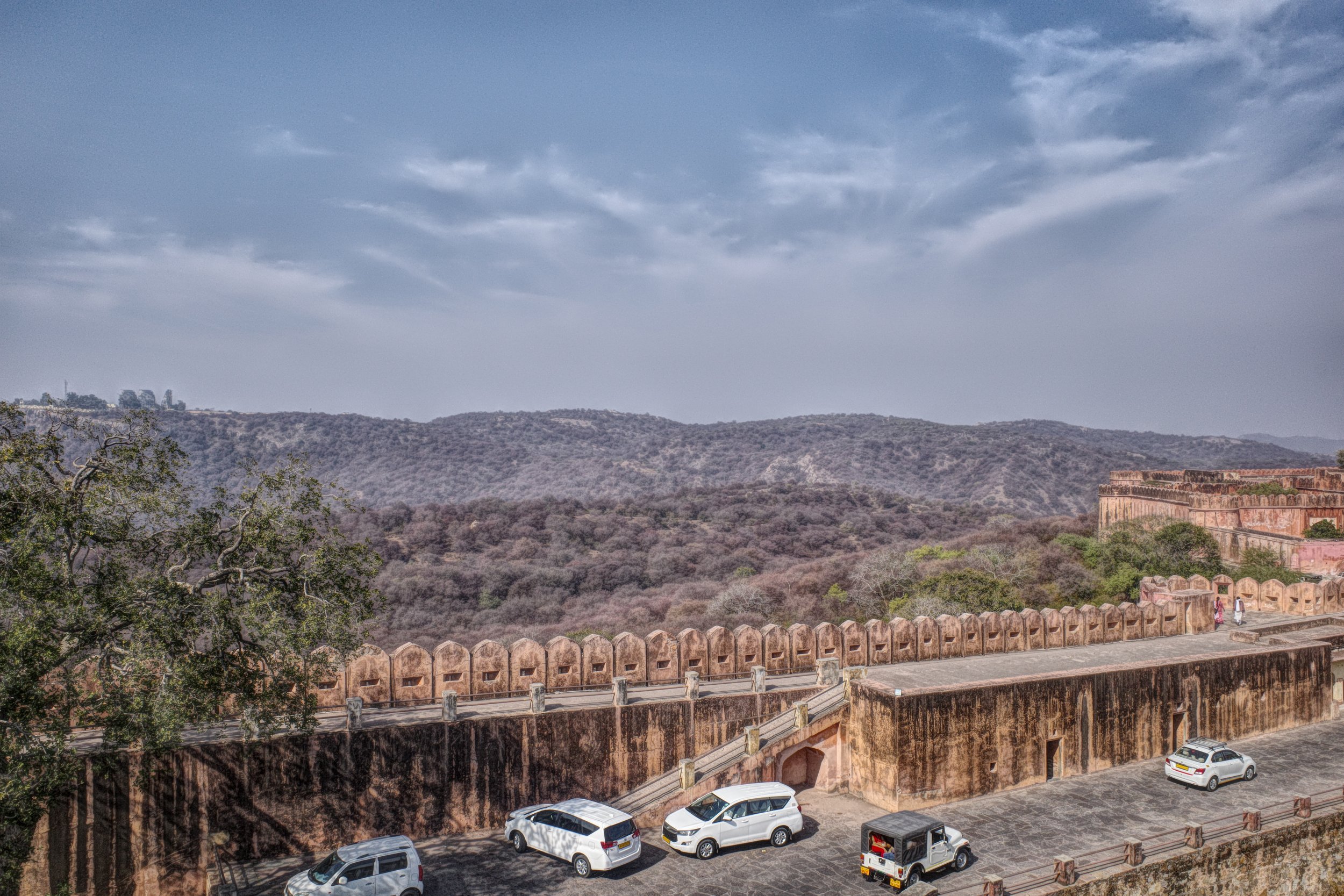
Jaigarh Fort
Jaigarh Fort, perched atop the Aravalli hills near Jaipur, is an imposing historical stronghold that served as a crucial defense for the city and its palaces. This robust fort is renowned for housing one of the world's largest and most impressive cannons, Jaivana, which stands as a testament to the military prowess of its builders. The fort's thick walls, watchtowers, and massive gateways provide a sense of the strategic importance it held during its time. Inside, you can explore various palatial structures, water reservoirs, and a museum showcasing weaponry and artifacts from its storied past. The panoramic views of the Pink City and the surrounding landscape from Jaigarh Fort are breathtaking, making it a remarkable site for history buffs and enthusiasts of scenic vistas alike.














Jantar Mantar
Jantar Mantar is a remarkable astronomical observatory built in the 18th century by Maharaja Sawai Jai Singh II. This UNESCO World Heritage site consists of a collection of 19 unique astronomical instruments, each designed with precision to study celestial movements. The most iconic of these is the Samrat Yantra, a massive sundial that stands at 27 meters high and is incredibly accurate in measuring time. Other instruments include the Jai Prakash Yantra for measuring positions of celestial objects, and the Ram Yantra for tracking the altitude and azimuth of celestial bodies. Jantar Mantar stands as a testament to the advanced scientific knowledge and architectural brilliance of its time, attracting scholars, astronomers, and tourists who come to marvel at its extraordinary celestial calculations and architectural splendor.














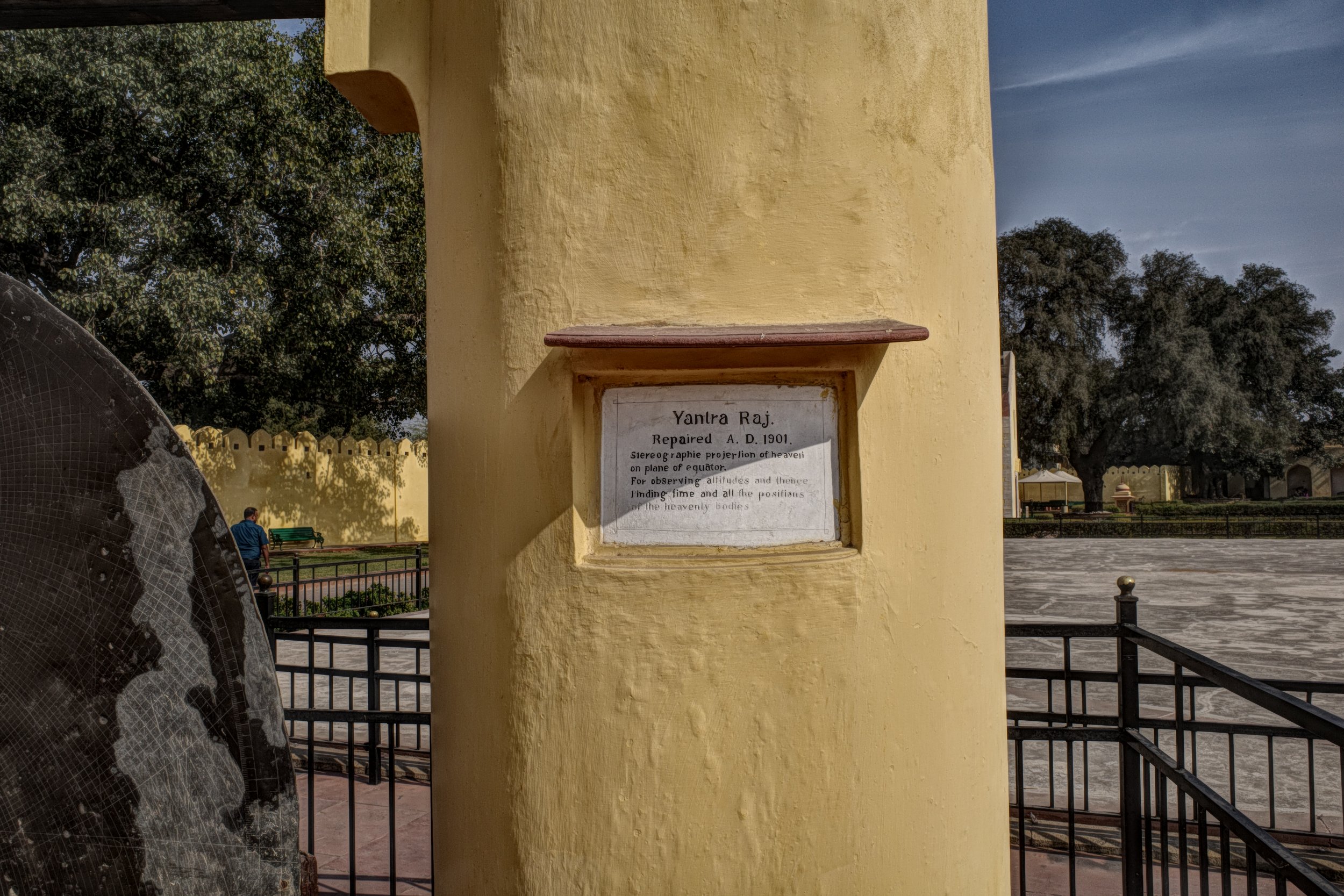


Hawa Mahal
Hawa Mahal, also known as the "Palace of Winds," is an iconic architectural masterpiece located in the heart of Jaipur, India. Constructed in 1799 by Maharaja Sawai Pratap Singh, this five-story pink sandstone palace features an intricate facade with 953 small windows, or 'jharokhas,' designed to allow royal women to observe the city's activities and festivals while maintaining their privacy. The palace's honeycomb-like structure not only serves as a historical marvel but also offers a glimpse into the rich cultural heritage and royal lifestyle of Rajasthan.

The City Palace, nestled in the heart of Jaipur, is a magnificent complex that serves as a striking testament to the opulence and grandeur of the Rajput rulers. Built over several centuries, the palace features a captivating blend of Rajasthani, Mughal, and European architectural styles, showcasing the aesthetic finesse and artistic prowess of the region. Its sprawling complex encompasses courtyards, gardens, museums, and ornate palaces like the Chandra Mahal and Mubarak Mahal, offering a comprehensive glimpse into the rich history and cultural heritage of the city. Visitors can explore a captivating collection of royal artifacts, including exquisite textiles, weaponry, paintings, and manuscripts within its museums. The City Palace stands as an enduring symbol of Jaipur's royal legacy, attracting tourists and history enthusiasts from around the world.
City Palace


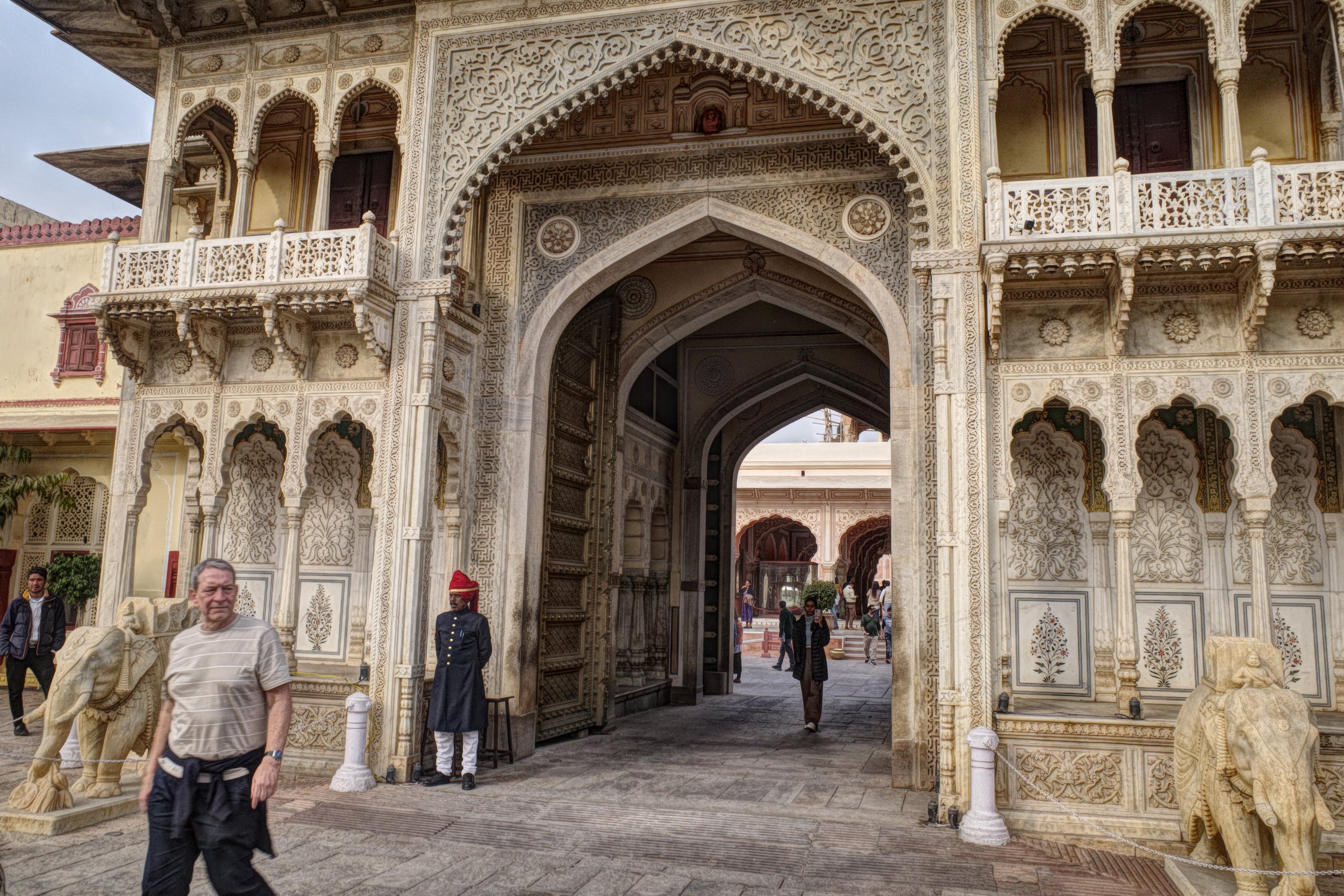














Jaipur musings
